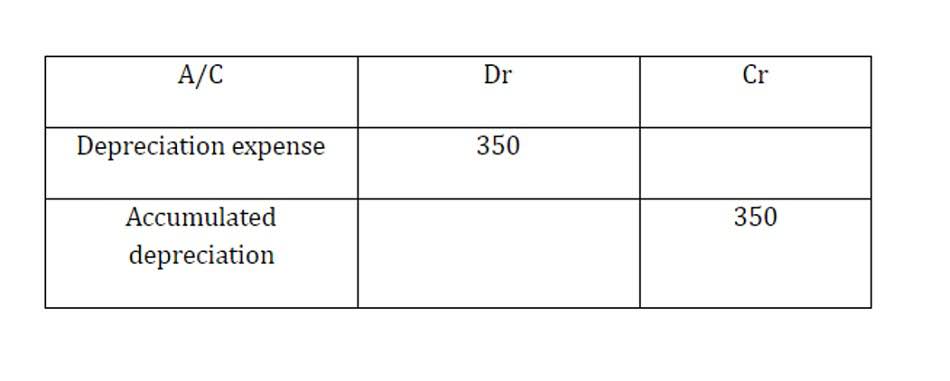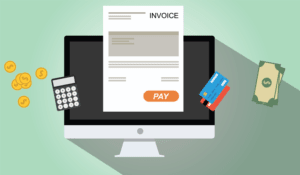
Overall, the FIFO system has helped you run your warehouse efficiently, effectively, and has provided financial benefits as well. By using the FIFO method for inventory valuation, you have valued your inventory based on the cost of the oldest pencils in the warehouse, which in this case is $0.50 per unit. This has resulted in a lower inventory cost and a higher profit margin for your business. When using the FIFO inventory system, businesses must also calculate their ending inventory balance.

Inventory, Days of
- Inventory is assigned costs as items are prepared for sale and based on the order in which the product was used.
- FIFO is an inventory costing method where businesses calculate their cost of goods sold.
- Eric is an accounting and bookkeeping expert for Fit Small Business.
- Whether you need an eagle eye into the hundreds of items you sell or if you just want to stay on top of your stock, there’s an inventory management solution that’s right for you.
- This means that LIFO could enable businesses to pay less income tax than they likely should be paying, which the FIFO method does a better job of calculating.
- For example, say a business bought 100 units of inventory for $5 apiece, and later on bought 70 more units at $12 apiece.
This can help them stay ahead of the competition and ensure that their customers’ needs are being met. The use of FIFO method is very common to compute cost of goods sold and the ending balance of inventory under both perpetual and periodic inventory systems. The example given below explains the use of FIFO method in a perpetual inventory system. If you want to understand its use in https://www.bookstime.com/ a periodic inventory system, read “first-in, first-out (FIFO) method in periodic inventory system” article.
- Companies using perpetual inventory system prepare an inventory card to continuously track the quantity and dollar amount of inventory purchased, sold and in stock.
- Later, she buys 150 more boxes at a cost of $4 each, since her supplier’s price went up.
- These can include the complexity of the inventory system, the level of staff training required, and the potential impact on customer satisfaction.
- For companies in sectors such as the food industry, where goods are at risk of expiring or being made obsolete, FIFO is a useful strategy for managing inventory in a manner that reduces that risk.
What Is the FIFO Method?
- This can result in a lower cost of goods sold but a higher inventory value, which can have negative tax implications.
- This article will cover what the FIFO valuation method is and how to calculate the ending inventory and COGS using FIFO.
- Assume a company purchased 100 items for $10 each and then purchased 100 more items for $15 each.
- Bertie also wants to know the value of her remaining inventory—she wants her balance sheet to be accurate.
- This helps to ensure that businesses are not losing money due to market changes or their own pricing decisions.
Under FIFO, the cost of your oldest inventory is used in calculating COGS. To calculate FIFO, multiply the amount of units sold by the cost of your oldest inventory. If the number of units sold exceeds the number of oldest inventory items, move on to the next oldest inventory and multiply the excess amount by that cost. FIFO affects financial reporting, taxes, and operational efficiency.
Accounting software
FIFO is an inventory costing method where businesses calculate their cost of goods sold. Total purchases is 1,600 units and total units sold how to calculate fifo is 1,300 units. Organising your inventory and calculating the cost of your goods is a fundamental part of running an efficient business. Get this right and you’ll make life a lot easier at the end of the financial year – get it wrong and your risk of incorrectly filing your taxes skyrockets.
Inventory Turnover Formula
ShipBob finally gave us the visibility and analytics we were looking for. Through the software, we get real-time insight into how much inventory to allocate to a specific warehouse, our current on-hand inventory levels, income summary and how long each SKU is going to last by location. ShipBob provides a lot of distribution metrics, and everything presented is useful.

Specific inventory tracing
First in first out (FIFO) is one of the most common inventory management and accounting methods. This article will help you understand the FIFO method, when should you use it, how to determine if FIFO is right for your business. FIFO is a straightforward valuation method that’s easy for businesses and investors to understand. It’s also highly intuitive—companies generally want to move old inventory first, so FIFO ensures that inventory valuation reflects the real flow of inventory. In some cases, a business may not actually sell or dispose of its oldest goods first.

The FIFO inventory method has significant effects on company financial reports, tax filings, and strategic choices. It can lead to higher reported profits during inflation periods, as older, less expensive inventory is expensed first while newer, potentially pricier items remain in stock. In contrast to the FIFO inventory valuation method where the oldest products are moved first, LIFO, or Last In, First Out, assumes that the most recently purchased products are sold first. In a rising price environment, this has the opposite effect on net income, where it is reduced compared to the FIFO inventory accounting method. Keeping track of all incoming and outgoing inventory costs is key to accurate inventory valuation.
- No, you don’t need to use FIFO in managing the physical flow of goods.
- On the third day, we assign the cost of the three units sold as $5 each.
- By following the steps outlined above, warehouse owners and operators can successfully implement a FIFO system to ensure that products are managed effectively and efficiently.
- Yes, ShipBob’s lot tracking system is designed to always ship lot items with the closest expiration date and separate out items of the same SKU with a different lot number.
- The average cost inventory valuation method uses an average cost for every inventory item when calculating COGS and ending inventory value.
The FIFO inventory valuation method is widely applied across industries, particularly when managing goods with short shelf lives or rapidly evolving technologies. When deciding which inventory management system to use, it is important to consider the type of products being stored, the impact on financial statements, and other factors. The FIFO method can be an effective solution for warehouses storing perishable items with expiration dates or bulk quantities of non-perishable items without expiration dates.
